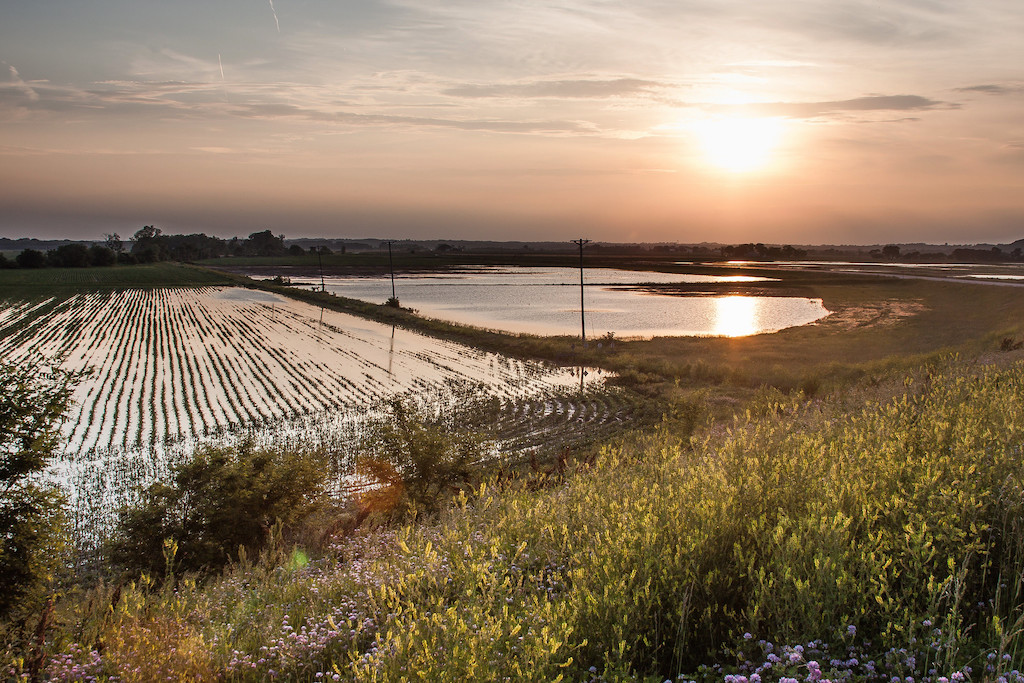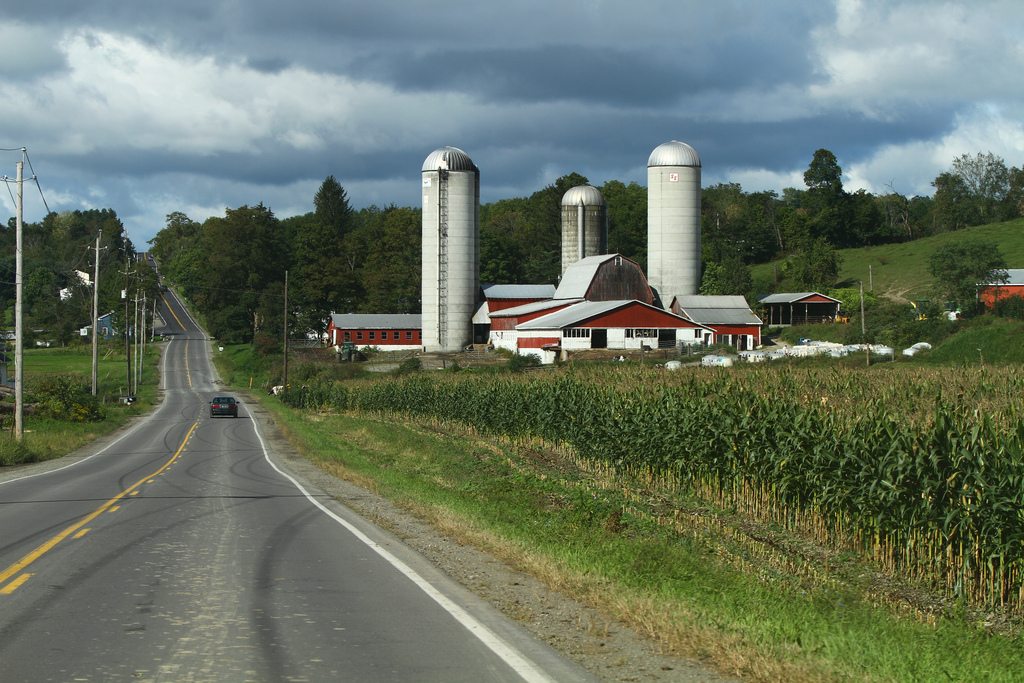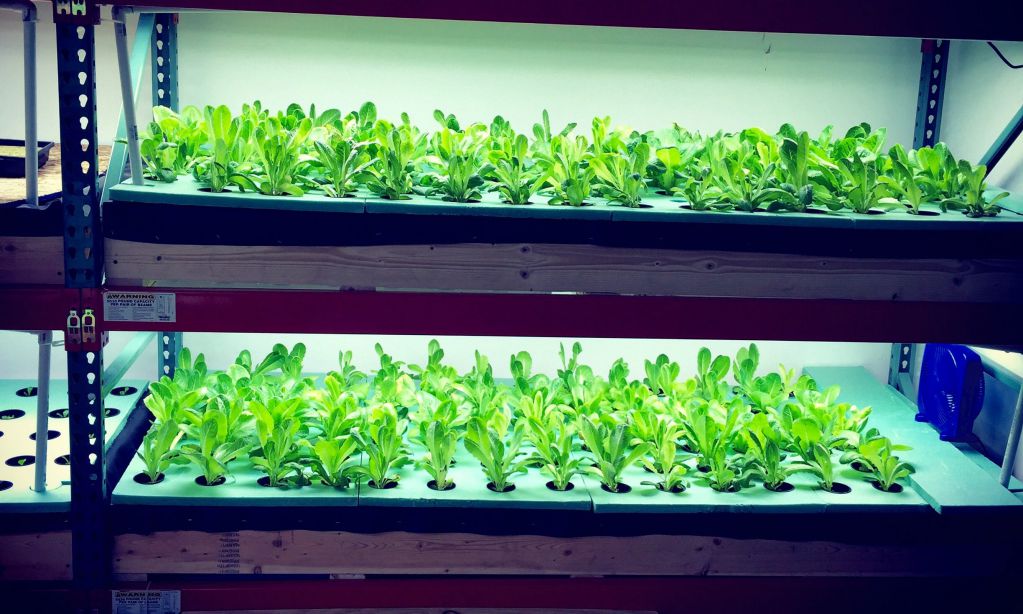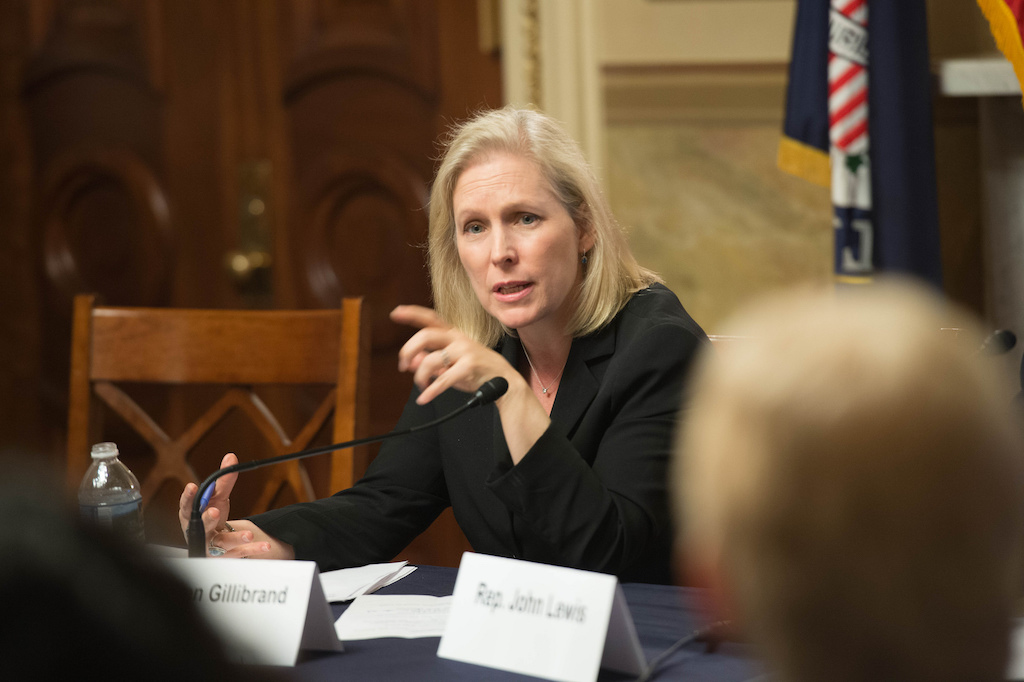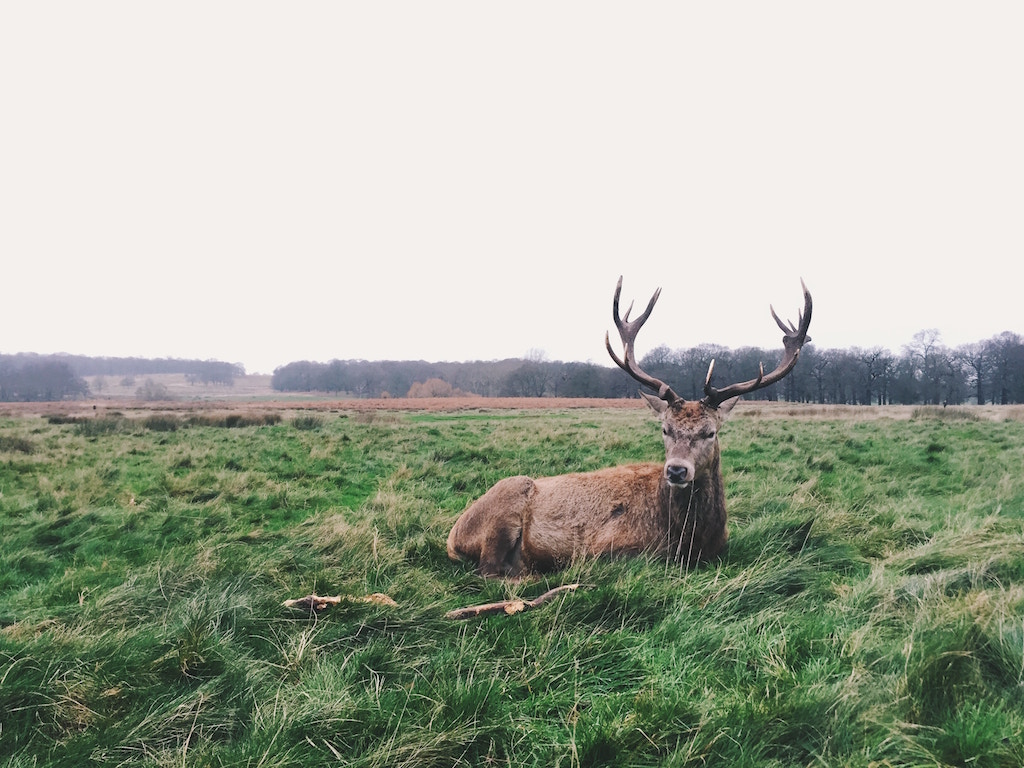#NoPlant19: Unrelenting rain forces Midwest farmers to make a painful choice—plant or wait until next year
Yes, it’s raining in the Midwest. But the real news is that it’s forcing some farmers into a terrible, painful choice: to plant or not to plant this season? America’s wettest year on record has culminated in months of heavy showers that are soaking the country’s most fertile, productive cropland. With the ground trapped under inches of rain, and water spilling out from overburdened riverbanks, farmers in Illinois, Iowa, Indiana, South Dakota, Ohio, and Michigan haven’t been able to plant their corn, soy, and wheat seeds. That’s a serious problem. Farmers structure their lives—and their livings—around planting and harvesting seasons. Right now, the planting window is narrowing by the day. When farmers lose this window, they lose their yields in the fall. And when they lose their yields, they lose their incomes.
For farmers who can’t plant, the current situation is a triple-whammy. After years of low prices, and an ongoing trade war that’s stopped China, America’s largest soy buyer, from purchasing soy from U.S. farmers, now comes unrelenting bad weather.
When farmers can no longer drive a tractor across their land because it’s stuck in the mud, they’re forced to consider new ways of farming.
No-till farming, cover cropping, and other conservation-based methods that prevent soil erosion and keep lands intact, known broadly as regenerative agriculture, are transitioning from little-known practices employed by a few, to techniques that are being touted, more and more, as necessary measures to abate the aftermath of biblical rains. Transitioning a farm from a conventional operation is a complicated process that requires tremendous patience. But this weather may require some farmers to make that choice.
The moment came for Ray Gaesser, a farmer outside Corning, Iowa, in May 2010. Gaesser, who farms roughly 3,000 acres of soybeans, and ran as a Republican to be Iowa’s agriculture secretary in 2018, is also the former president of the American Soybean Association. He says it took him “about 30 seconds” to decide to start planting cereals, such as rye, as he watched his crop terraces topple over, one by one, and the seeds and soil cascade away under the weight of a heavy rainfall.
“I’ve been farming 51 years now,” he says. “That was the first four-inch rain in one hour that I’d seen in my lifetime. And every year but one, since then, we’ve had that.”
Gaesser’s experiences are born out by the National Climate Assessment, the federal survey of climate change and its effects on the American economy. When it was released last fall, in a suspected news dump the day after Thanksgiving, climate scientists explained that Midwest springs have already grown wetter and more humid, and in turn, created longer, dewier seasons for pests and pathogens. By the middle of the century, the report read, rains would worsen and saturate soils. Extreme weather would increase in frequency and intensity. In Iowa, a state uniquely engineered to support agriculture, 100-year floods would become 25-year floods.
These more frequent rains have forced farmers like Gaesser to think differently about his land, and about wading around in soils that look like chocolate soup. What’s happening this year is what climate scientists have predicted would happen in the future. And if this is a taste of the new normal, then farmers may have to adapt.
This year, weather has pushed the planting season perilously close to its limit, says Scott Irwin, an agricultural economist at the University of Illinois. “We’re about 20 percentage points behind the worst years of the last 40,” he says, when it comes to late planting of corn. “We are into uncharted territory.” Usually, by this time of year, farmers have planted 90 percent of their corn. As of Sunday, only 58 percent of the acreage has been planted, making it the slowest year on record, according to Reuters reporter Karen Braun.
I was getting worried, it hadn’t rained in 15 min or so. #NoPlant19 pic.twitter.com/tueOSUFd6B
— Casey C. (@cattleNcrops83) May 23, 2019
In Iowa, the corn planting season typically runs anywhere from two to four weeks, usually beginning in April. But that just hasn’t been possible this year. You can see the struggles chronicled on Twitter, where grain farmers, accustomed to using this narrow window to plant, are instead posting videos of endless rains, stalled tractors, flooded farmland, and swampy fields. Others are inside, cleaning out the garage. There’s a new name for the planting season, which is getting shorter with every day of continued rainfall: #NoPlant19.
If and when the rains let up, farmers will be racing against the clock to plant their corn in the ground, working 14-hour days in enormous tractors that plant dozens of rows at a time, to get the most of the season. “If you plant too late, you may not get enough heat units to get the ear of corn mature and dry before you run into a severe frost in the fall, and that dramatically, as you might imagine, reduces yield,” Irwin says. Indeed, farmers who plant corn in June could face fall yields that are 20 percent below normal, Irwin says.
They could instead plant soybeans, which generally get planned later in the year, and do well in the summer. That’s not exactly a welcome option, says Roger Johnson, president of the National Farmers Union.
Taken this morning. Today is final plant date in ND. I am 50% planted. #noplant19 pic.twitter.com/oWKKggfTAB
— Scott German (@Germanscott74) May 25, 2019
“If the weather straightens out, and the ground dries up, you probably will end up seeing an increase in soybean acres,” he says. “But the soybean market, out of all the markets, is the one that’s been destroyed the most,” he adds, referring to the quick succession of a bumper crop that drove prices down, followed by the loss of China as a buyer—a casualty of the current trade war. There’s already plenty of beans in grain bins rotting from floods. “If we see increased planting in soybeans—boy, that’s a lot of bad news, in terms of overproduction.”
Another option for farmers facing swampy, inaccessible fields is to apply for prevented planting, a form of crop insurance. In Illinois, that support can result in payouts in the range of 55 percent of the indemnity value of a bushel.
And this is where that unwelcome choice becomes very real.
“A farmer has to, right now, go through a very complicated decision-making process,” Irwin says. “Do I take the sure thing of $357 [per acre], have a small amount of expenses for cover crop and weed control, and I’m down for this year on those acres, or do I chance it by continuing to plant corn in less than ideal conditions, very, very late in recommended planting windows? That’s the tradeoff, and that’s what farmers are desperately trying to figure out right now.”
Irwin estimates that in early June, roughly 31 million acres of corn acreage will still be unplanted, representing a landmass roughly the size of New York state. One-third of that acreage will stay unplanted, and farmers will collect around $3 billion in prevented-plant payments. Another third will be converted to soybeans. And another third will, ultimately, be planted as corn, for farmers who want to cash in on what’s shaping up to be a limited supply of the crop, and soaring futures prices.
Trying to replant 240 acres of #corn near the #CropWatch19 fields in southern Illinois. Conditions were perfect to plant 15 minutes earlier. This keeps happening to #plant19. Everywhere. pic.twitter.com/A8H6arEvCO
— Karen Braun (@kannbwx) May 29, 2019
The fact is, Johnson explains, farmers want to plant. It’s how they’re built. Many farmers in the states that are deluged by rain feel they have to stick with their plan because they’ve already put chemical products in the ground that, while they may help preserve corn, would kill soybeans. Others want to continue to plant—following a rotation between corn and soy—in order to preserve the soil health. The crushing part about all that, as Johnson says, is that farmers do it knowing that they may not make their money back.
And that’s a truism of farming: risk is the only constant. It can be disastrous, never-before-seen weather or a trade war that no one saw coming. But when farmers have a plan, says George Naylor, a small-acreage, organic farmer in Churdan, Iowa, they stick to it, for better or worse. That’s exactly what he did with his soybean crop last year, even after he knew the market was collapsing.
“What do you think I did?” says Naylor, chuckling. “I sold the damn things, no matter how low the price went.”

